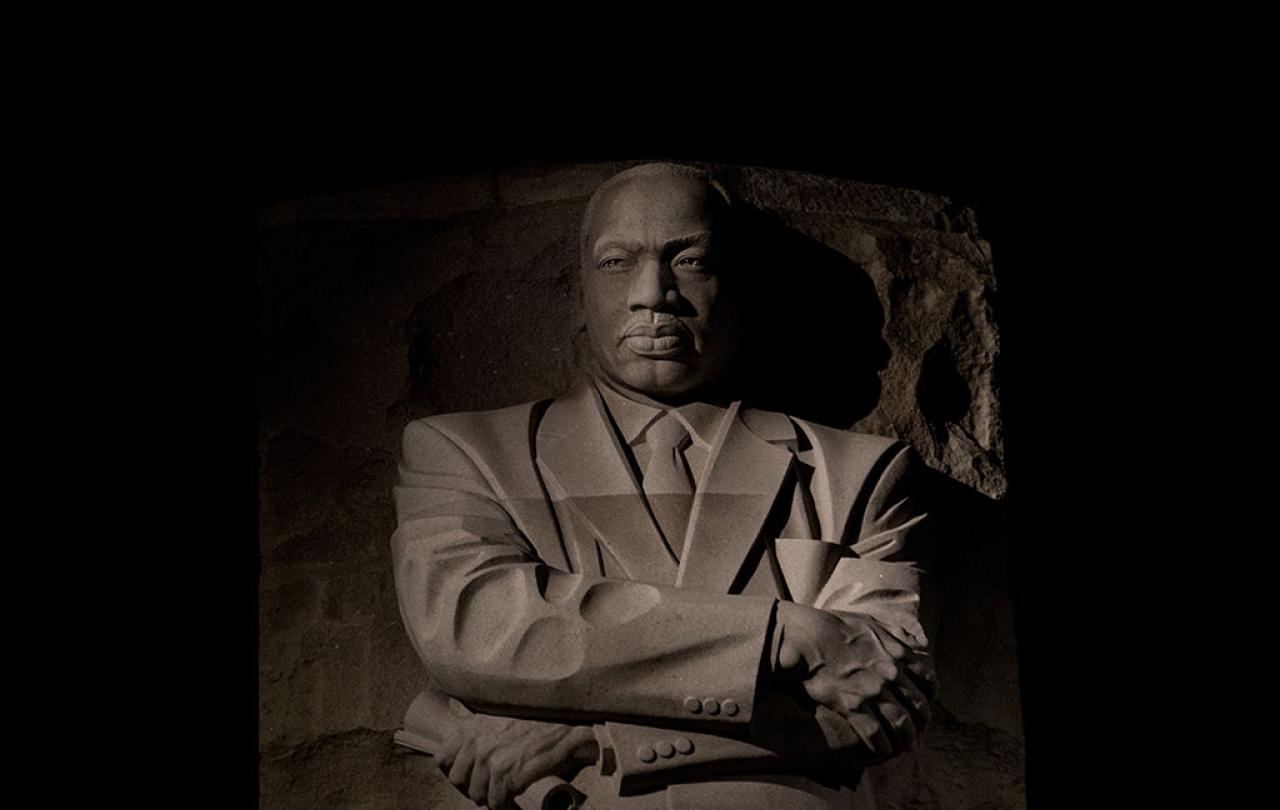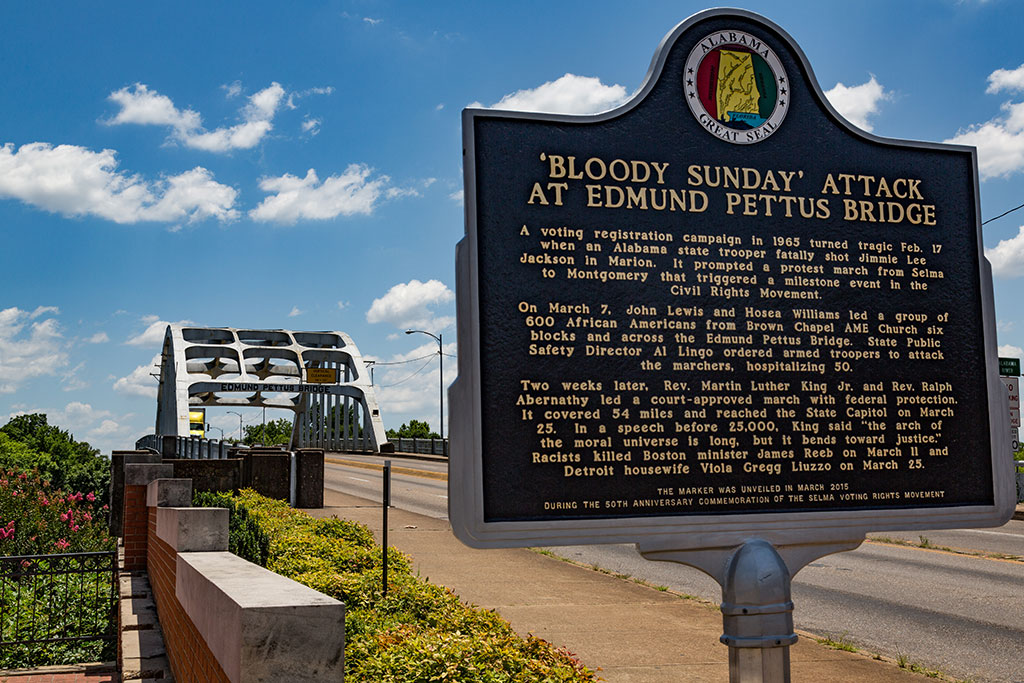
I went to see the film Oppenheimer on its opening night at my local, community run cinema in Acton in west London. It was packed. The event felt more like going to church than to the movies. The film itself is a biopic of scientist Robert J. Oppenheimer who was a pivotal figure in leading the development of nuclear weapons during World War II.
Reflecting on the film afterwards it brought to mind a difficult and never resolved argument with my late father. In the aftermath of watching the film, I realised I was still haunted by our dispute.
Our argument centred not on whether it was right to drop the bomb. Our argument was about whether it was Christian.
My father was 18 in 1945 when atomic bombs were detonated over the Japanese cities of Hiroshima and Nagasaki, killing over 200,000 souls. He was conscripted into the British Army that year and stationed in India. If the war had not ended, he would have been among those deployed to invade Japan.
Our argument was not just about whether it was right to drop the bomb. It was also about whether it was Christian. My father was an ardent believer who converted to Christianity in the 1950s. His Christian commitments deeply shaped every aspect of his life and work. I followed in his footsteps, and at the time of our argument I was doing a PhD in moral philosophy and theology. In part I was trying to make sense of what it meant to be a Christian in the aftermath of events like the Holocaust and the dropping of nuclear weapons over Hiroshima and Nagasaki, events in which it seemed Christian beliefs and practices played a key part. In the film, this is marked by the stark symbolism of Oppenheimer naming the first test of the prototype nuclear weapon “Trinity” – an often used and key way in which Christian name God.
I had been learning about just war theory when the argument with my father erupted. I was having dinner with my mum and dad at their house. To give a bit of context, my father and I had a long history of sometimes bitter arguments over political matters. These began in the 1980s when I was a teenager. He thought Mrs Thatcher a hero. I did not.
I was telling them about just war theory and its history in Christian thought and practice. As with most of our arguments, we stumbled into it. I made a throwaway remark about how, in the light of just war theory, nuclear weapons were immoral and that their use in 1945 was wrong. And yes, I was probably being pompous and annoying like all those possessed of a little new knowledge and a lot of self-righteous certitude and fervour.
My dad replied with anger that I did not know what I was talking about. Didn’t I realize that if the bombs hadn’t been dropped many more would have died, including him, which meant I would not exist. Something like this argument was used in the film and was often used by Oppenheimer to justify his own involvement in developing atomic weapons.
At the time, I replied with a procedural point that nuclear weapons do not distinguish between combatants and non-combatants, a key distinction in determining the morality or otherwise of targets in war. To use nuclear weapons is to deliberately intend the indiscriminate killing of the innocent. This constitutes murder and not, as the euphemism has it, unintended collateral damage. I added insult to injury by declaring that my dad’s argument was also deeply unchristian as it was a version of the ends justify the means. Was it ever right to do evil even if good might be the result? This upset my father still further. For him it was personal. It was existential. The bombs saved his life. The bombs made our life possible.
The meal, like the argument, did not end well. We had both upset my mother. She banned us from ever talking politics at the family dinner table again. It was a lifetime ban.
What dawned on me was that the question of whether it was moral to possess, let alone use, nuclear weapons was also an existential question for me.
Afterwards I thought more about our row. I replayed the script in my head, trying to think of what I should have said. In my immaturity, I never thought to consider how I should have said it.
What dawned on me was that the question of whether it was moral to possess, let alone use nuclear weapons was also an existential question for me. It was a question of what kind of existence warranted anyone possessing nuclear weapons. To use the language of the Cold War of which I was a child: was it better to be red than dead? Was it better to be invaded and taken over by Communists and see capitalism abolished and the British nation subordinated to a foreign power or to deter this possibility by possessing nuclear weapons, weapons that threatened to destroy all life on this planet? In other words, was my way of life really worth the threat of nuclear annihilation. Was any way of life or ideology or commitment or abstract principle worth that? I concluded that it was not and promptly joined the Campaign for Nuclear Disarmament (CND).
I have not attended a CND rally for many years. And what happened in 1945 is more complicated than I used to think. But I still disagree with my dad and think Oppenheimer was deeply misguided. And what happened after 1945 with the advent of the nuclear arms race is not complicated. The film portrays Oppenheimer as anticipating and trying to forestall the process of one-upmanship that developing the A-bomb and then the H-bomb set in motion. He was right to do what he could to stop the arms race, even though, as the film portrays, the authorities tried to silence and marginalize him for his efforts.
Today, if my father and I were able to have the argument again, I would approach it very differently. I hope I would be less pompous, annoying, and self-righteous. But mostly, I would be more theological. I would ask him whether he thought Jesus would drop a nuclear bomb to save a life, or whether Jesus’s own life, death, and resurrection pointed in a different direction. And then see where that conversation took us.







